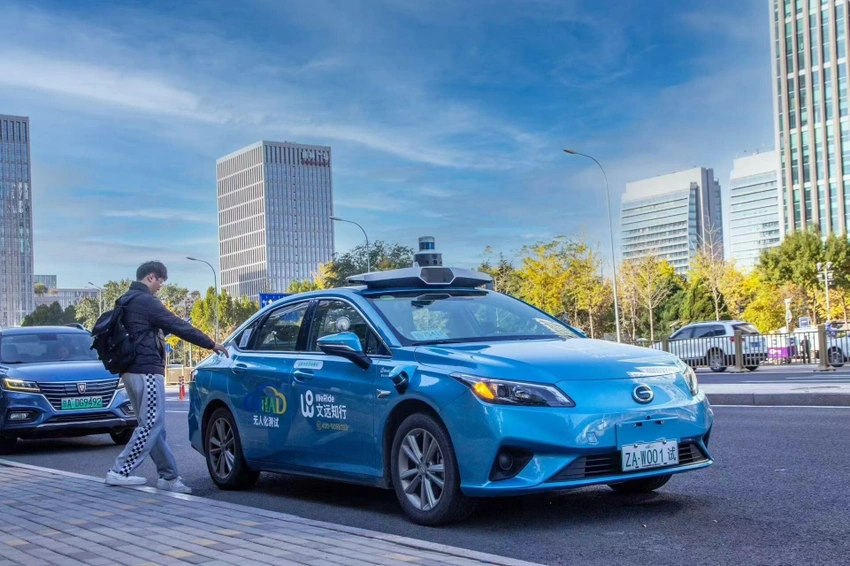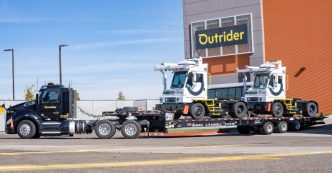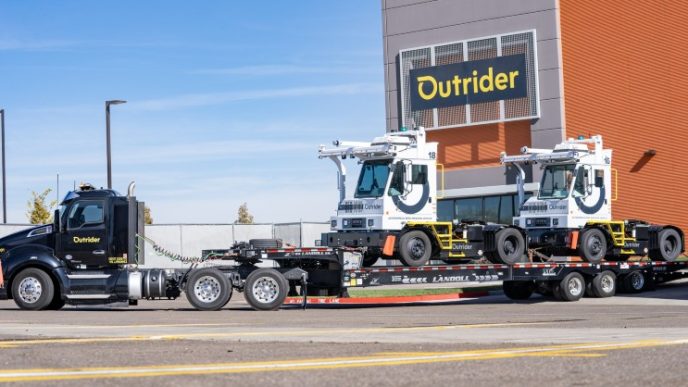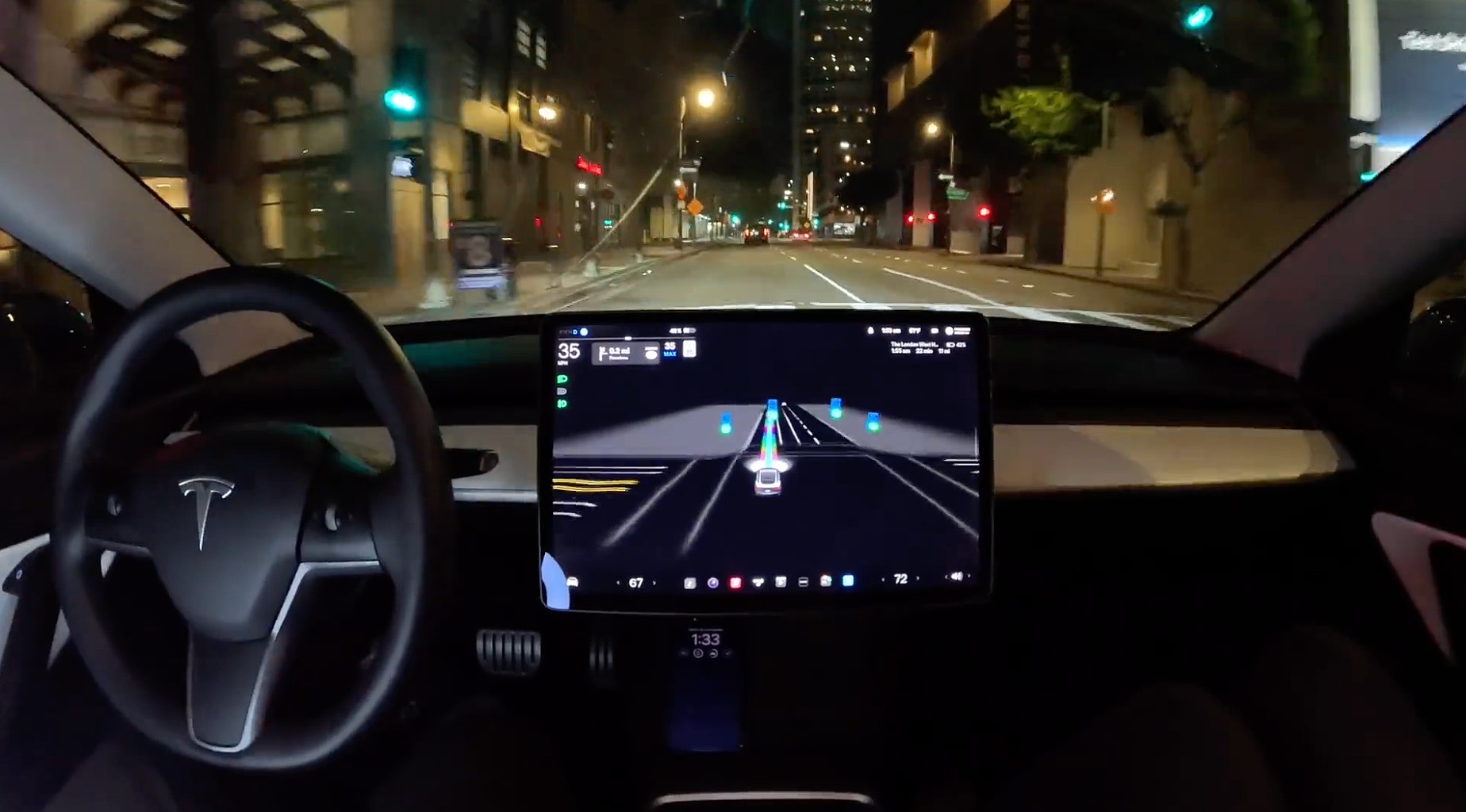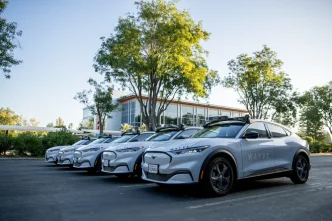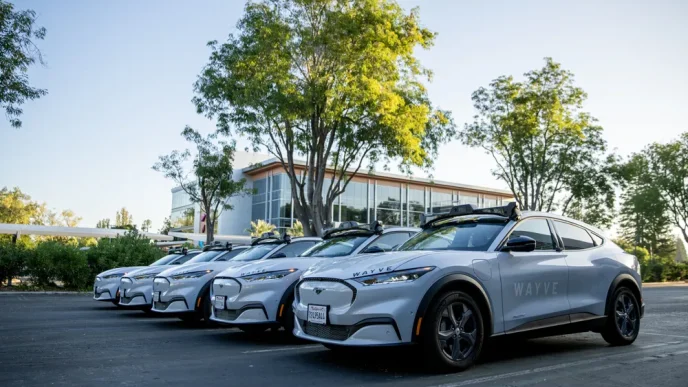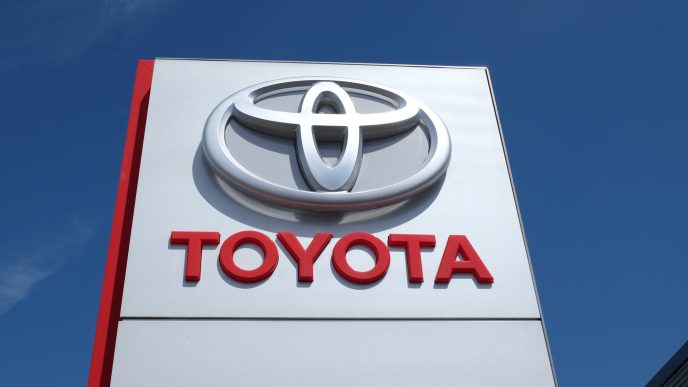Chinese autonomous driving startup WeRide has officially filed for a $119.4 million initial public offering (IPO) on Nasdaq, alongside a private placement targeting $320.5 million, according to a term sheet reviewed by Reuters on Wednesday. The Guangzhou-based company plans to offer 6.5 million American depositary shares priced between $15.5 and $18.5 each, which could raise up to $119.4 million.
In August, WeRide announced its intention to pursue a valuation of up to $5.02 billion for its IPO, coinciding with expectations that the Biden administration would propose restrictions on Chinese software used in autonomous vehicles within the United States. The company received approval from China’s securities regulator for a U.S. listing last year.
Founded in Silicon Valley in 2017 and later incorporated in the Cayman Islands, WeRide launched a robotaxi service in Guangzhou, China, in 2019. Investors have been monitoring WeRide’s IPO plans closely for indications of a potential resurgence in Chinese IPOs in the U.S. market.
The market for Chinese IPOs in the U.S. has significantly contracted over the past two years, particularly following the forced delisting of ride-hailing giant Didi Global in 2022 amid regulatory pushback. Should it proceed, WeRide’s IPO would rank as one of the largest U.S. listings by a Chinese firm since Didi’s in 2021. Notably, it would also mark the second major China-based company to seek a U.S. listing this year, following electric vehicle maker Zeekr’s debut on the New York Stock Exchange in May.

